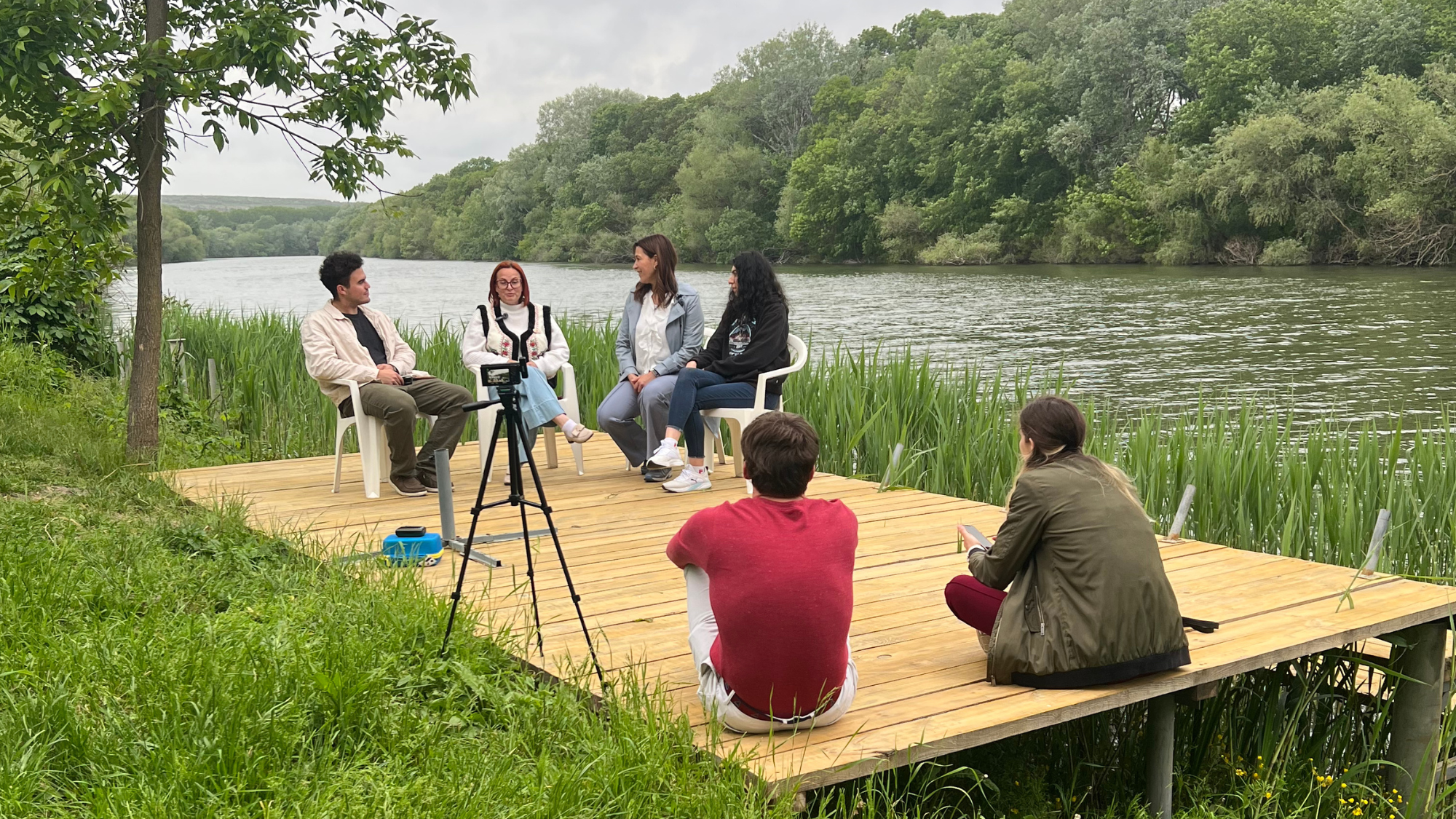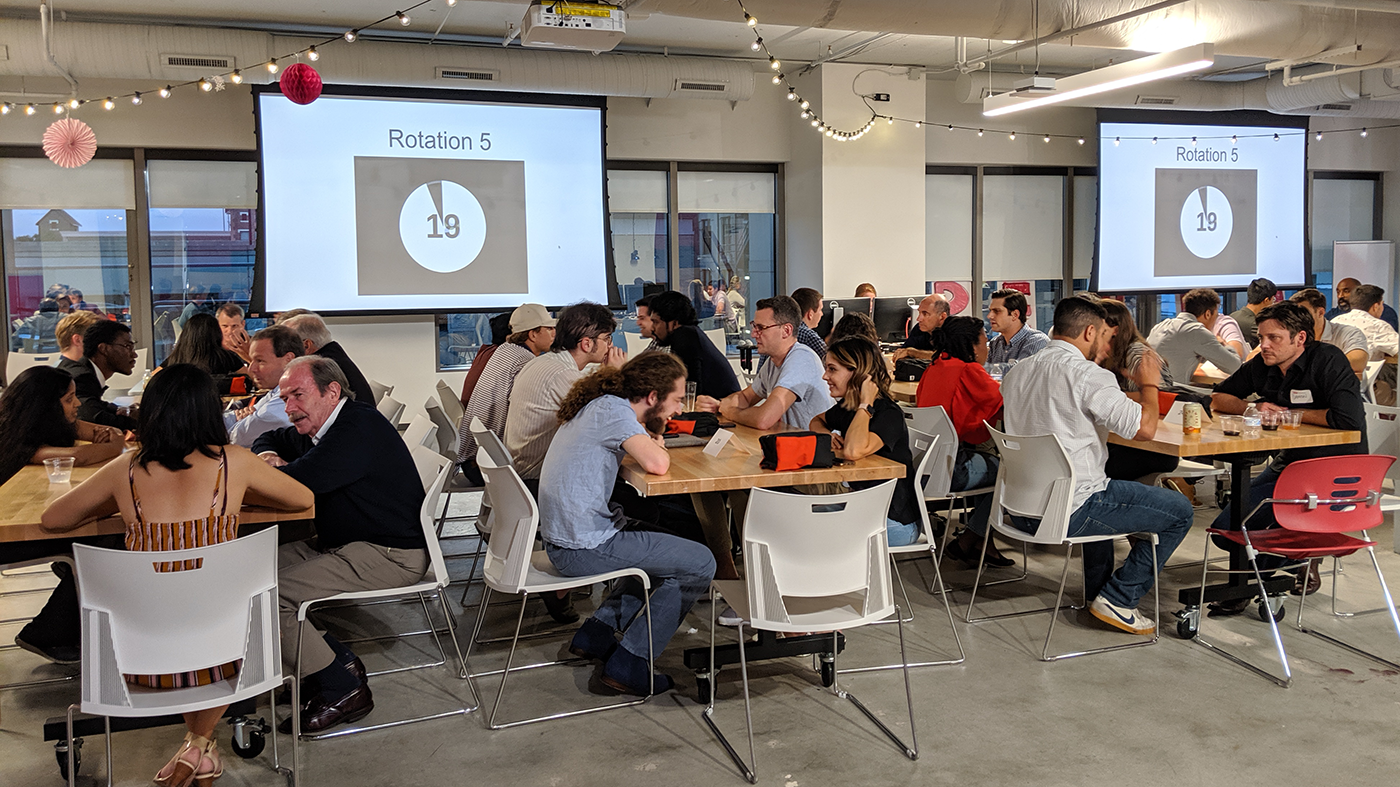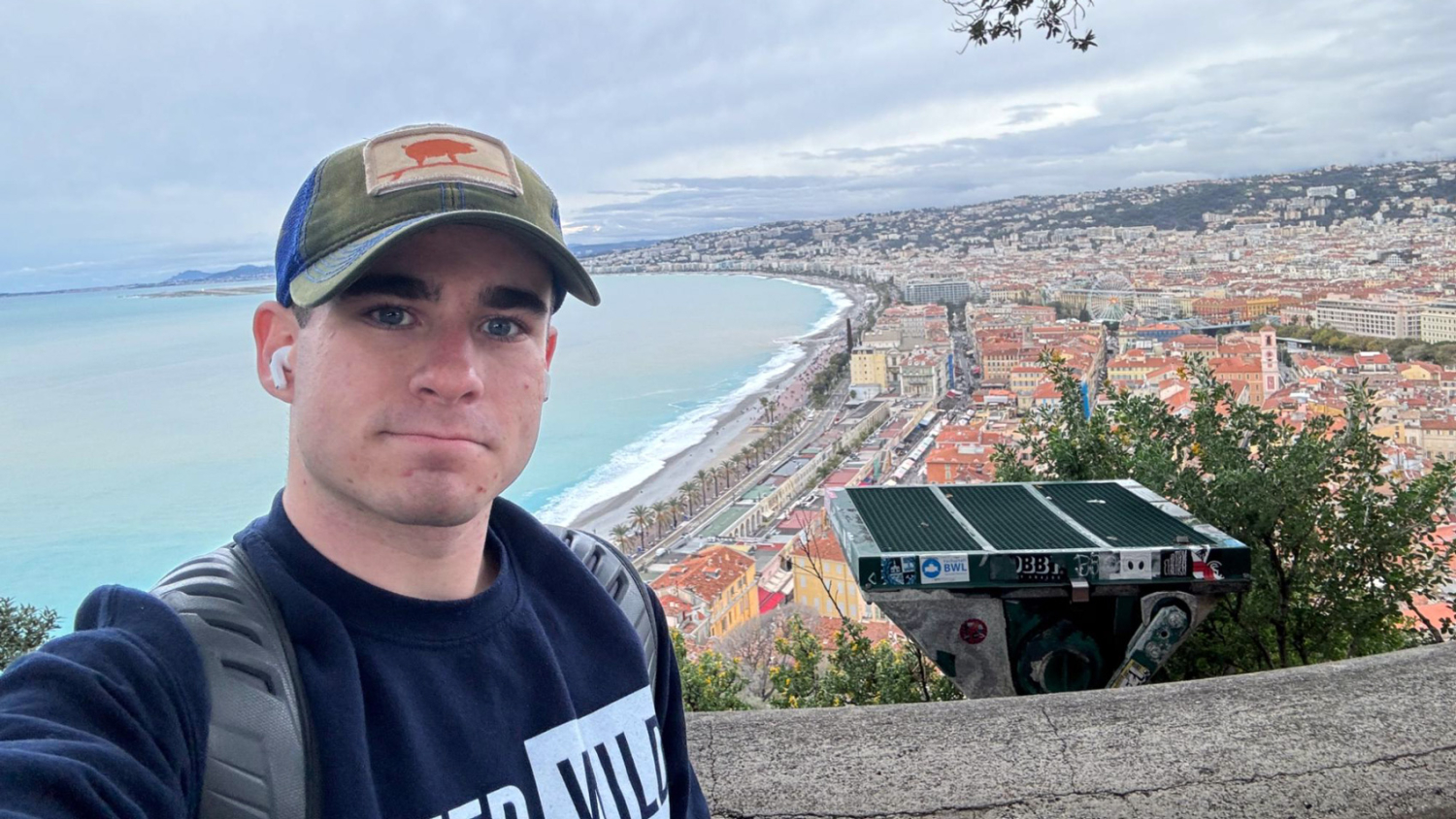Electrifying Discoveries: Marketing Research for Microelectronics Printing Technologies
Poole College student Marianna Fisher recounts her high-impact experience as a marketing strategist intern for North Carolina startup NeuroInk.
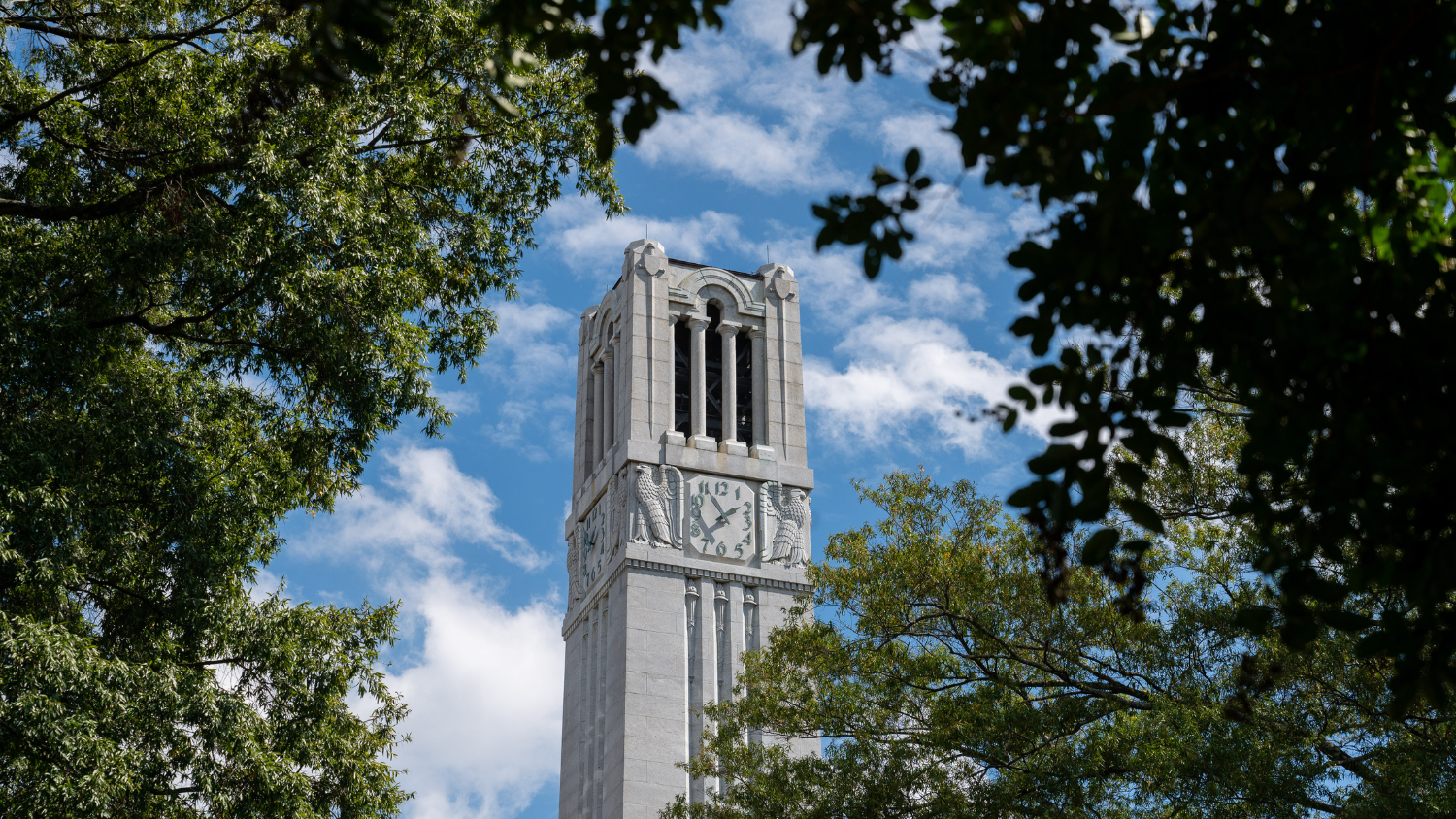
Editor’s note: This story is written by Poole College student Marianna Fisher, who shares a personal account of a unique high-impact experience. Through research, hands-on learning, and real-world application, she gained valuable insights both inside and outside the classroom.
Sitting in a microelectronics booth at the TechConnect World Innovation Conference and Expo in Washington, D.C., the CEO reached under the table and grabbed a high-tech sensing device. “Want me to open this up and show you the components?”
Adrenaline rushed in. “Sure!”
My name is Marianna Fisher, and I study business administration with a concentration in marketing at Poole College of Management. Last summer, I served as a marketing strategist intern for NeuroInk (formerly Freescale LLC), a North Carolina startup that creates microelectronics printing technologies to reshore manufacturing to the U.S.
My first task was to find members of the target market to discuss their experiences with current microelectronics manufacturing techniques. My co-intern and I dug through the websites of hundreds of conference speakers and vendors, reading company and executive bios to strategize about who to interview in hour-long customer discovery sessions at TechConnect via Zoom.
We identified some of the same people, but also some different ones; this shared effort helped us identify and present the most promising potential customers and partners. I reached out to over 50 strangers and communicated with 23. When an Air Force Research Lab contact forwarded my email to someone in the Navy Crane Division, I felt like a top-level agent.
By practicing our interview protocol with the startup’s founders, I learned the technology and industry well enough to explain it and connect keywords mentioned by experts during interviews. Afterward, I transcribed our conversations and looked for patterns, such as willingness to pay, desired features, and where customers would purchase. The startup’s founder invented this technology due to his frustration with how frequently existing print heads clog, which many interviewees indicated as a true market need. Another common theme was the aspiration to prototype and produce microelectronics in-house instead of outsourcing, which this technology also serves.
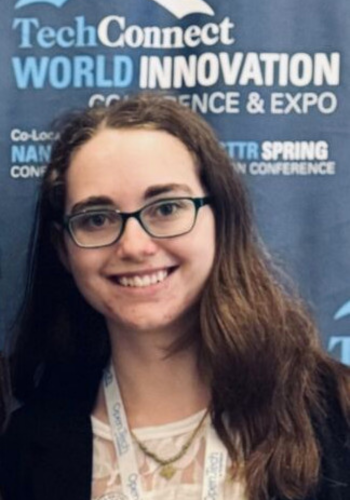
Our marketing team presented these findings in the National Science Foundation’s Beat-the-Odds bootcamp, including our initial hypotheses for customer archetypes and their pain points. We also wrote the press release for the company’s NSF Phase I work. For this, I took the lead on researching how to write scientific articles to engage laypeople and emphasize newsworthiness. The company’s chief marketing officer used my recommendations in the publication, including telling the story behind the company’s products, explaining their societal impact and using qualitative data to hold readers’ attention.
This experience showed me how to understand customer needs not by assuming what they would like, but by listening to them and working in unfamiliar industries to find solutions. I’m grateful for this opportunity to practice customer discovery and technology commercialization in the real world thanks to my supervisors — company CMO Eli Typhina and my research mentor, Pieter Verhallen — and all the interviewees who invited me into the world of microelectronics.
